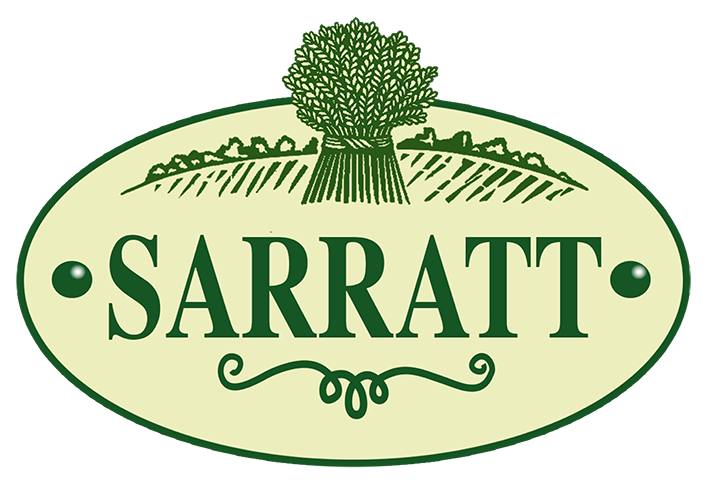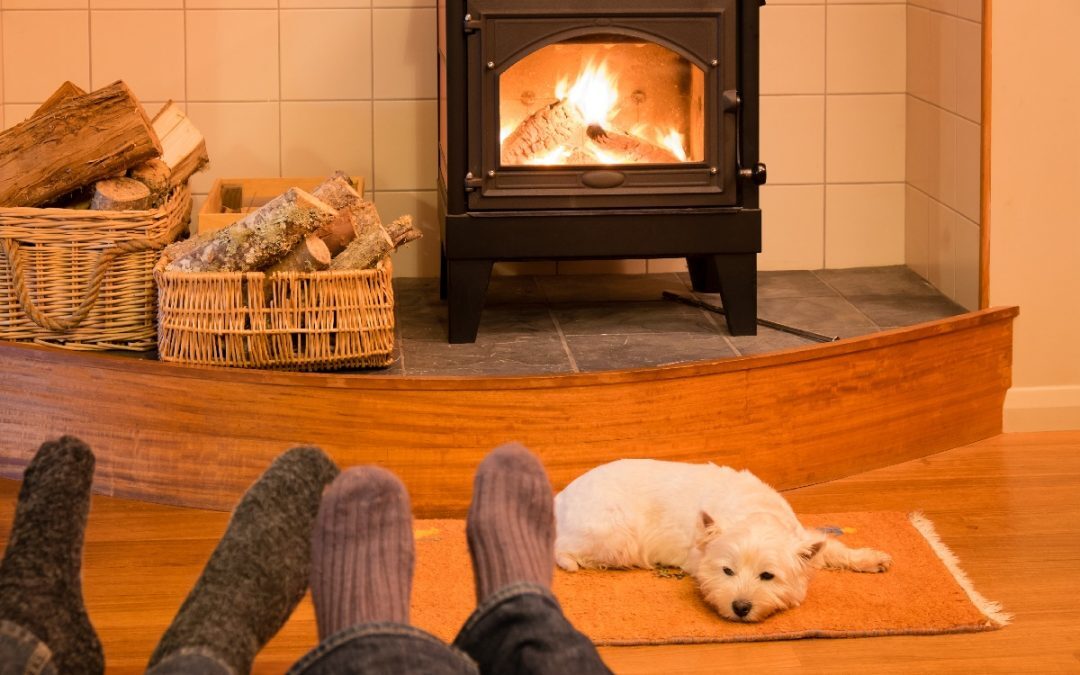Are wood burning stoves environmentally friendly? Are wood burners carbon neutral? Serious questions have recently been asked about the carbon footprint of wood burning stoves. In fact, it is one of the most frequent queries our heating advice team get.
In this blog we’ll seek to clarify whether we think wood burning stoves are good for the environment, so you can make an informed choice.
ARE WOOD BURNERS ECO FRIENDLY?
Well, the answer is sometimes.
The first thing to say on the environmental impact of wood burning stoves is that it is not a clear-cut topic! Whether wood burning stoves are eco-friendly or not depends largely on which one you choose, and then where and how you use it.
WHAT IS THE CARBON FOOTPRINT OF WOOD BURNING STOVES?
It is true that wood-burning stoves can offer a low-carbon alternative to heating your home – rather than using fossil fuels such as gas, oil or electricity. This is because trees absorb carbon dioxide in the air as they grow and so they take carbon out of the system. When we then go on to burn the wood in a stove, this carbon is then returned to the atmosphere. In theory therefore, the carbon emissions are balanced between what is absorbed initially by the tree and later released by the stove. Therefore, in the best case scenario wood stoves can be carbon neutral.
WHAT WOOD IS BEST FOR WOOD BURNING STOVE?
However, it is not always true that wood burning stoves are good for the environment. Even assuming you have chosen an efficient modern stove, whether it is eco-friendly or not largely depends on where your wood comes from. If you grow and fell your own trees or source your logs locally, a modern efficient wood burning stove can be virtually carbon neutral.
The best approach is to manage your own coppice of fast-growing native tree varieties such as willow. This ‘cut and come again’ way of harvesting wood is a practice that has being going on for thousands of years. However it does require that you own a large garden or piece of land. You need to both grow and then store the wood, as it will need to completely dry out prior to use. Alternatively, you can buy from a local log supplier who grows and manages his own wood in this way.
Growing your own wood or buying sustainably sourced logs can be a realistic aim in a rural location, but it is difficult if you live in a town or city. Few urban homes have the space to store enough logs and the availability of locally grown wood can be an issue. If you are reliant on buying wood that has been grown in Scandinavia before being shipped across the North Sea, you have made a significant environmental impact and so your wood burner will not be eco-friendly!
WHAT ABOUT WOOD BURNING STOVES POLLUTION?
While wood burning stoves can be good for the environment from a carbon emissions perspective, the flip-side is that they can also produce vast quantities of particulate matter. Burning wood produces tiny fragments of soot, and these can contribute to climate change as well as cause breathing problems.
Pollution from wood stoves can therefore be a concern in areas with limited air movement, such as valleys or densely populated towns and cities. This is because on cold, clear, calm winter nights, the smoke is unable to rise and disperse, and so it hangs in the air and seeps into nearby houses. It is possible to reduce the amount of smoke from your wood burning stove by choosing low-emission stoves, operating them properly and using well-seasoned firewood but this still makes stoves a less than ideal choice for city-dwellers as they can negatively impact public health and the environment.
WHEN SHOULD I INSTALL A WOOD BURNER?
If you live in an urban location, want to use the wood burning stove as a regular source of heat for your home and plan to buy imported wood then we would not recommend you install a wood burner.
In our opinion, wood burning stoves are most suitable for temporarily boosting the warmth of rural properties. Ideally the house should be energy efficient and the wood burner is there just to top up the main renewable heating system. An example would be a running a wood burner occasionally in a home with a ground source heat pump or air source heat pump during periods of very cold weather.
The wood burner should be specified carefully to match the dimensions of the room. It goes without saying that the stove must always be correctly installed by a specialist installer. You should also buy the most efficient model you can afford and follow the manufacturers guidelines carefully to ensure you burn your wood properly. The wood should be also grown in a local coppice before being thoroughly seasoned and used as your fuel.
Maggie Fyffe.

